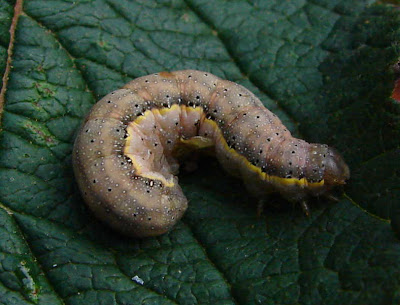

Fallow Deer

Snowy Owl

Harvest Mouse

Giant Otter
I am only showing a few photos here but unlike Helen and Mark, who can content themselves with a couple of photos, I feel the need to show loads of photos so I've also added this webpage. There are lots of photos on it so it may not load very quickly.













































